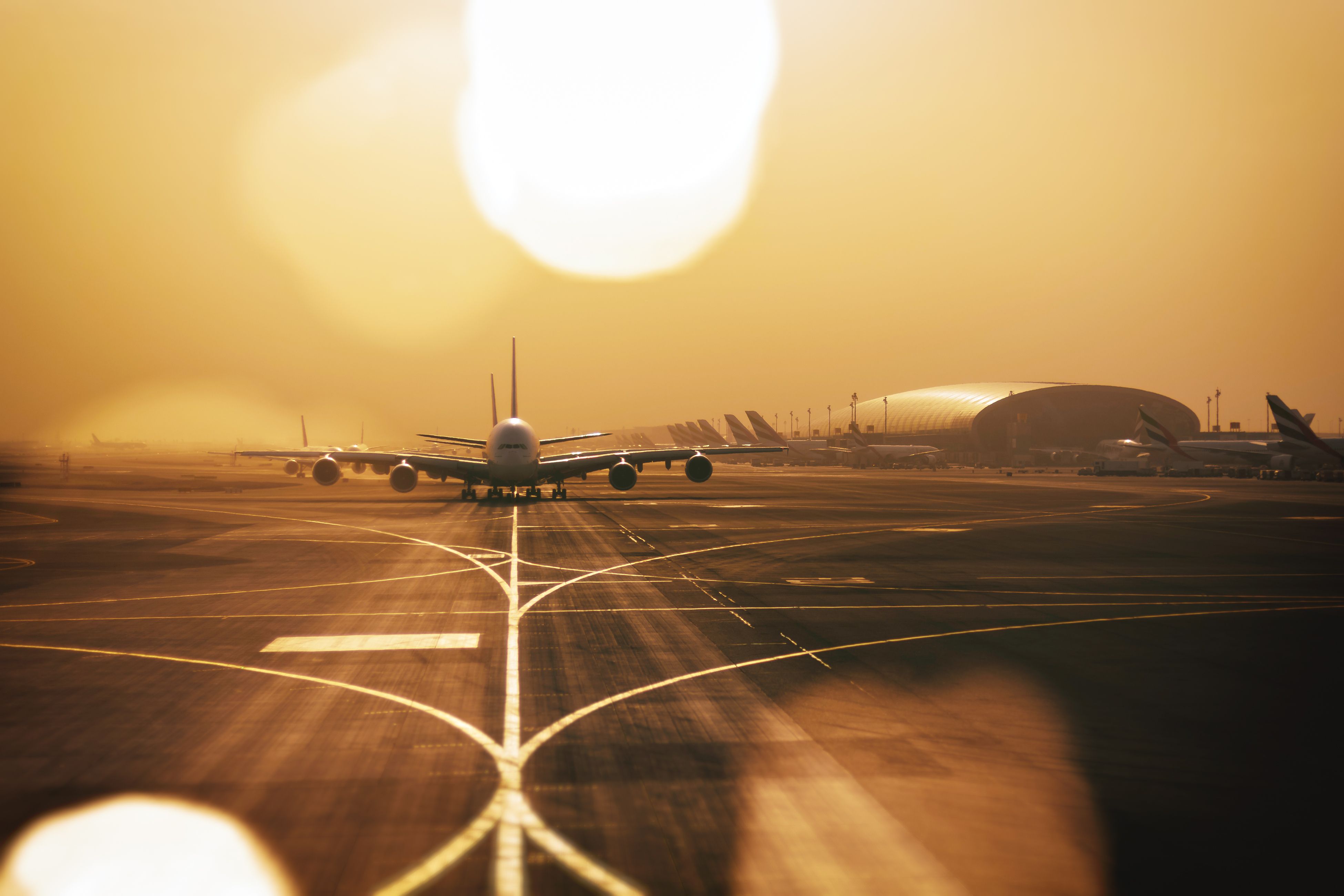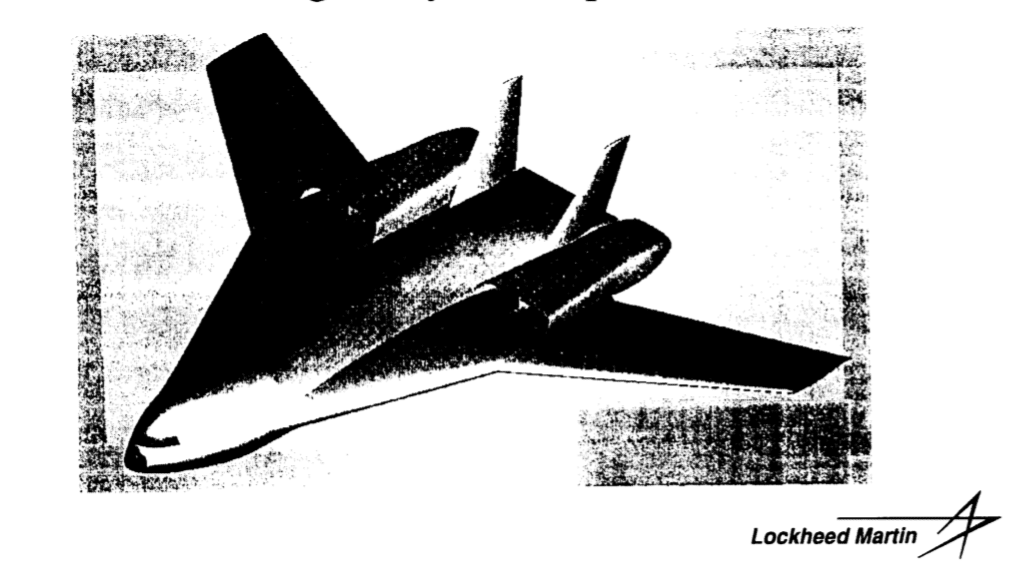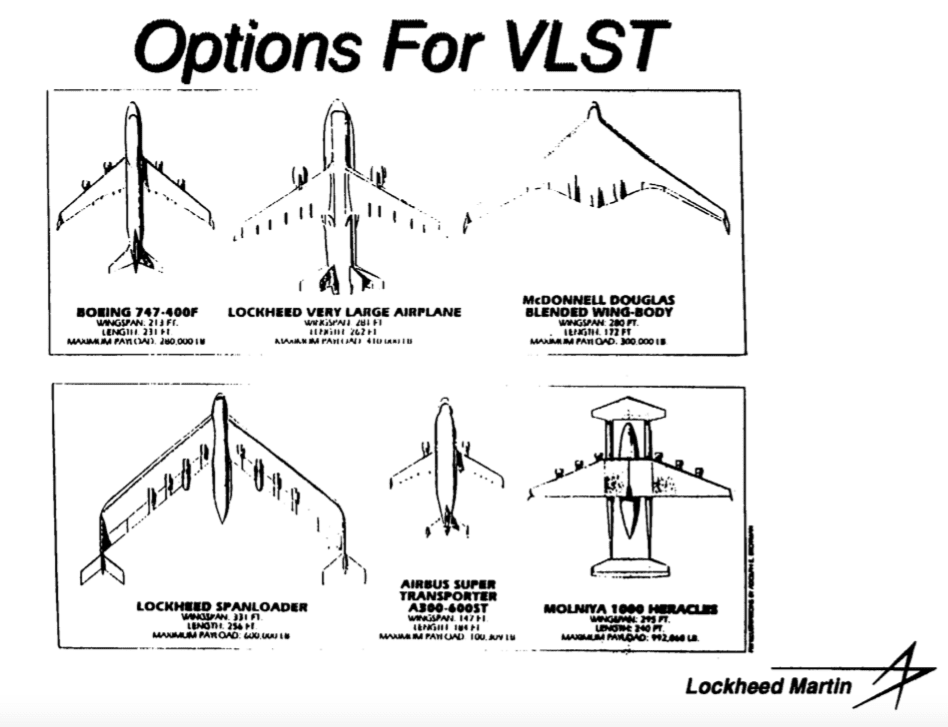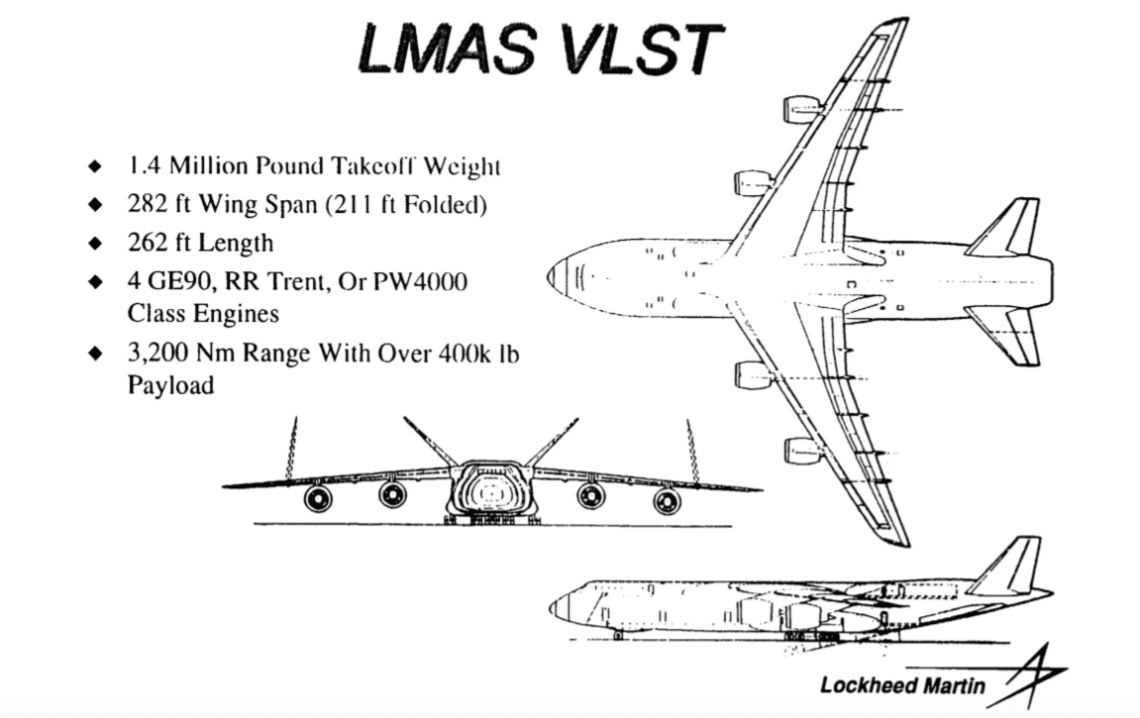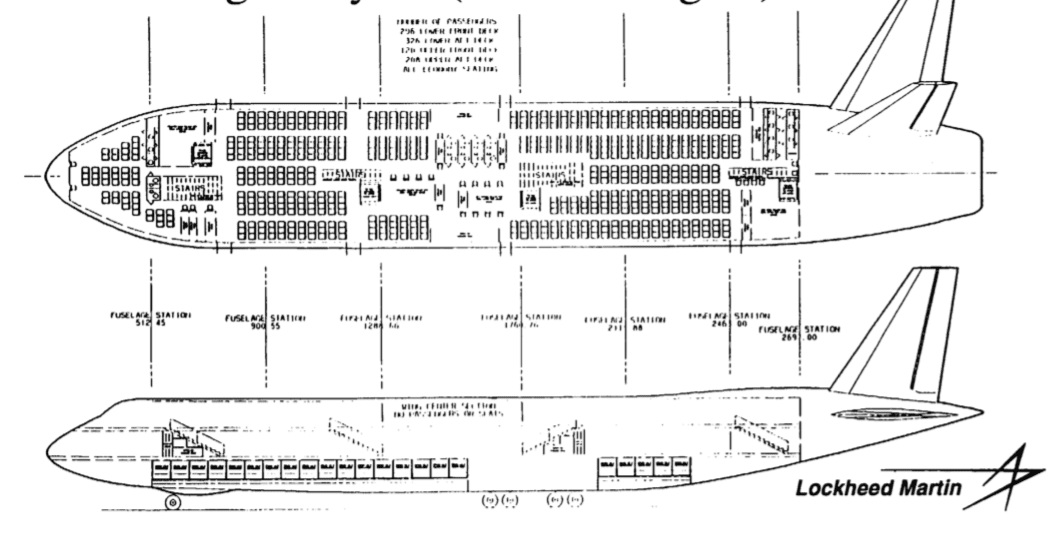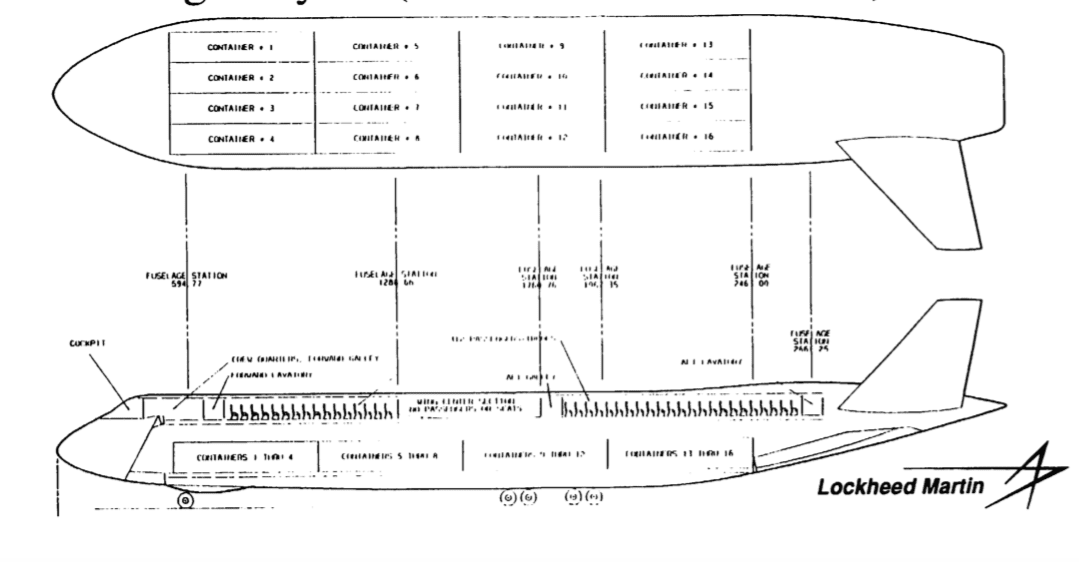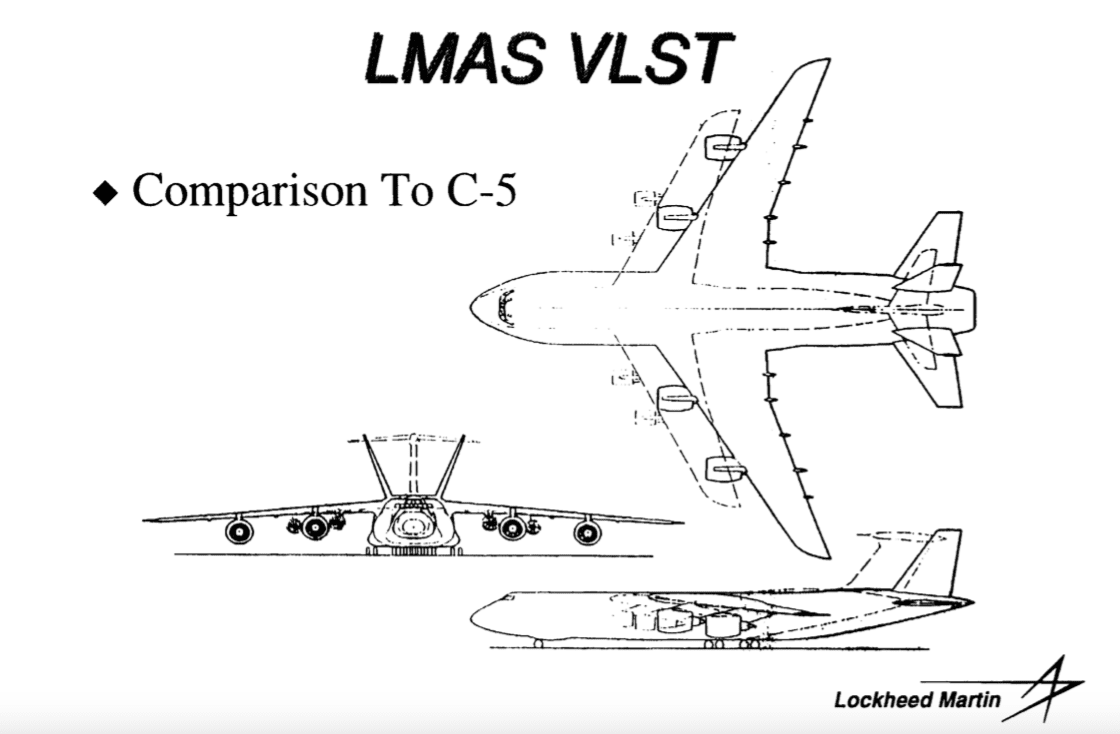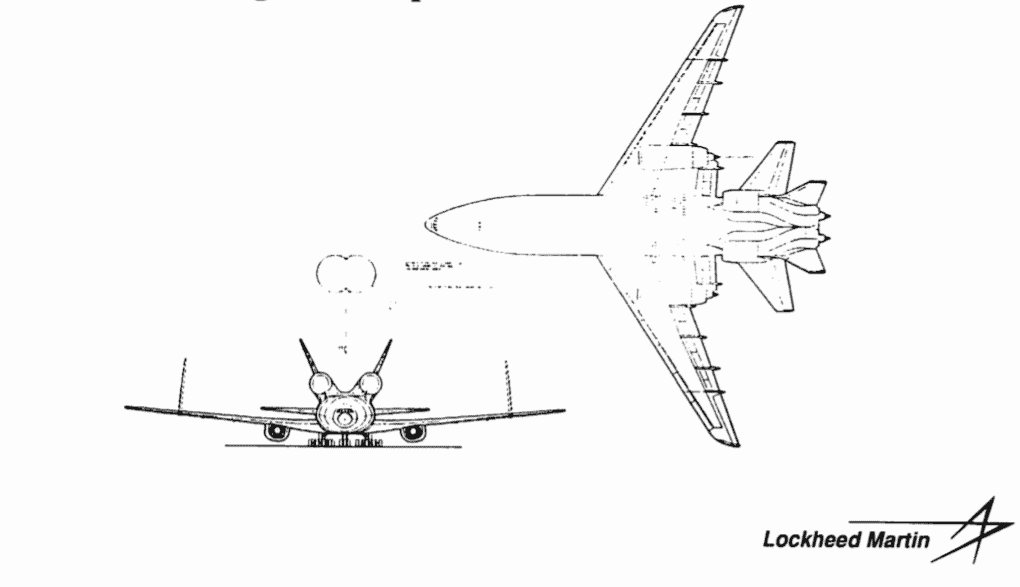While the Airbus A380 might not have become the financial success its manufacturer had hoped for, it is an iconic feat of engineering that has delighted passengers and aviation professionals alike. Whether it was ahead of its time or if airlines are simply not using the type correctly, as Sir Tim Clark of A380 operator extraordinaire Emirates would argue, is up for debate. However, Airbus was certainly not alone in thinking that a super large high-capacity airplane was a good idea.
Boeing entertained a backup plan for a version of sorts of the A380, should market forecasts turn out to be wrong and Airbus' gamble become a roaring success. This was a further stretched version of the 777X - the 777-10, which would have been able to carry 450 passengers.
Russia went one step further with design plans for a proposed double-decker airliner - the Sukhoi KR-860, also dubbed the "Wings of Russia" (Крылья России). This was intended to carry as many as 850-1000 passengers (imagine waiting for your luggage with everyone). A 1/24 scale model was presented at the Paris Air Show in 1999, but none were ever built.
Meanwhile, as it turns out, they were late to the party. American aerospace manufacturer Lockheed Martin entertained plans on building a super A380 already back in 1996 (although this is six years after Airbus announced the A380 program). Had the company gone through with it, it would have been one of the largest aircraft ever to be built.
Introducing Large Subsonic Transport
In 1996, Lockheed Martin believed that bigger was better. There were many factors in the market that pointed them in this direction. For instance, congested airports had limited slots and could only accommodate so many aircraft per day. Air traffic growth was increasing at a rapid pace, with countries like China beginning to place huge orders for aircraft.
Lockheed had left the commercial aviation division after its L1011 trijet design. However, heavy-lift aircraft for the US military were also approaching the end of their lifespan, and thus Lockheed wanted to be in a good position to win that contract. Therefore, whatever aircraft they brought to the table would need to carry 600-800 passengers in comfort and be configurable as a freighter and have a military application
In their presentation for the "Large Subsonic Transport" aircraft, they outlined several options (and concepts) that were available on the market.
Lockheed's new offering would have been called the Very Large Subsonic Transport (at least as a working title). And the manufacturer was not kidding around when they said it would be big. The VLLST would have had four engines, folding wings (like the 777X), and a maximum takeoff weight (MTOW) of 1.4 million pounds (635,000 kg). For reference, the A380 has an MTOW of 1.267 million pounds (575,000kg).
How many passengers would it carry?
Lockheed took the time to configure this design for up to 900 passengers in two classes. The aircraft had two decks, with around 450 passengers on each deck. Passengers would be sat in a 3-4-3-4-3 configuration (you read that correctly!), with some rows being 17 seats across. That is some serious middle-seat armrest contention waiting to happen! This makes a reconfigured 10-seat across Boeing 777 look decidedly cozy.
Lockheed Martin also took the time to show off how a cargo variant would work.
And yes, those are intermodal shipping containers, the same that is found on large cargo ships - in a plane, 16 of them in total. And it still had room for passengers on the upper deck.
But how did it match up compared to the biggest military aircraft of the time - the Lockheed C-5 Galaxy?
This size difference would go on to create some problems, but we will get to that in a minute.
Where would it fly?
The aircraft was imagined to fly several long-distance and popular routes, many of them operated by A380s. Some mentioned in the document were:
- London to Hong Kong, Singapore, and Tokyo
- New York to London, Frankfurt, and Paris
- Tokyo to San Francisco, Los Angeles, and Honolulu
But in the presentation, they list the design as having only a range of 3,200 NM (5,900 km) fully loaded. For comparison, the distance between New York and London is only 2,999 nautical miles (5,555 kilometers). This would mean the aircraft would struggle to fly onward to a destination such as Frankfurt, with a distance of 3,350 NM (6,205 kilometers).
Lockheed estimated that up to 280-370 of these aircraft would be sold across the world, mostly in Asia. Each plane was to cost in the region of $200-300 million (Cheaper than the A380 cost of $445 million). For reference, the A380 sold 251 units (254 were built, including three test aircraft).
Why was it never built?
The document did, however, list several problems with the design:
- The sheer air vortex of this aircraft would mean that fewer planes could land after them. There would have to be a longer wait time for other planes to land/take off.
- It would be very noisy.
- It would require longer and wider runways and taxiways.
- A very long time would be needed for the aircraft to be boarded, serviced, and unloaded, plus new ground support cars would need to be designed and built.
- Gates had to be redesigned when the A380 came into service. For this aircraft, entire airports would need to be rebuilt.
- How to design emergency evacuation for passengers? On a normal plane, you are no more than a few meters from the nearest exit. On an aircraft such as the VLST, you could be tens of meters, with many passengers between you and the doors. Systems would also need to be designed for if two of these aircraft crashed into one another - with up to 1,600 passengers.
- Building the structure of the plane itself would be cutting-edge. Lockheed was also unsure how it would be controlled in flight.
- If it landed in the water, it would sink like a stone.
- A research and development cost of $8-15 Billion. Lockheed Martin openly admitted that it would take the partnership of several firms to build these aircraft, with them partnering up with either Boeing or Airbus.
Would you have flown on this aircraft had it been built? Let us know in the comments.
Get the latest aviation news straight to your inbox: Sign up for our newsletters today.

